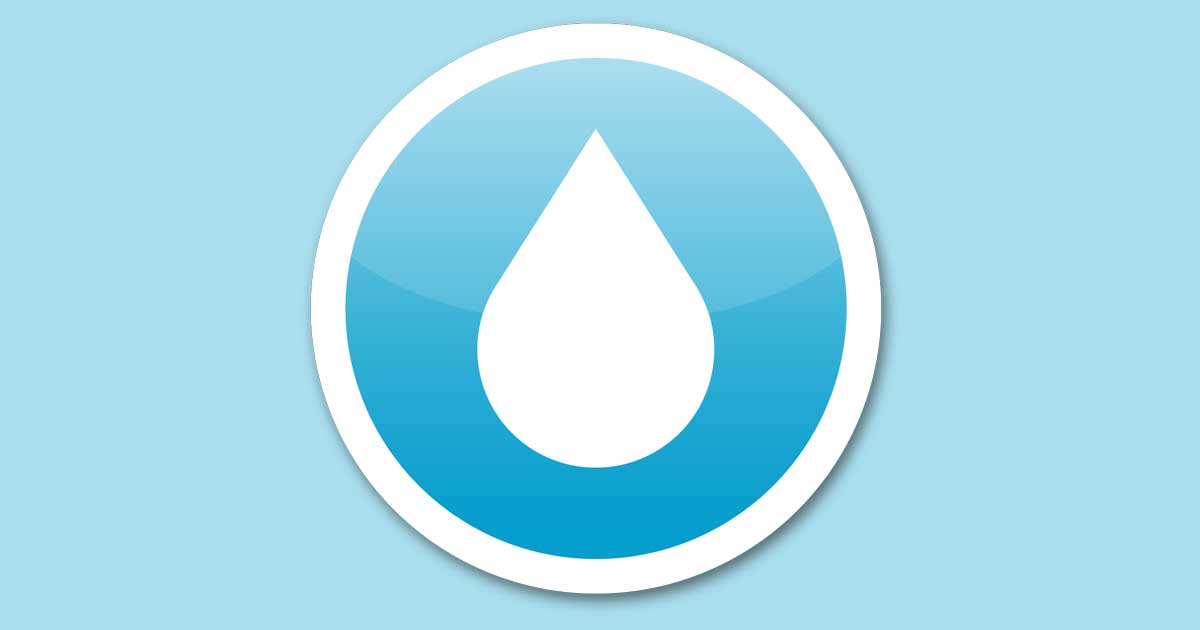To serve you better, we've assembled a list of our customers' most frequently asked questions. If you don't find your answer here, feel free to contact us.
How could I have used this much water?
You may not have - the numbers on your meter may have been transposed or hard to read. You could possibly have a leaky toilet or faucet that's difficult to detect. Just call the office and we'll work with you to solve the problem.
What do I do if I am experiencing low pressure?
Check your meter and the surrounding area for possible leaks. Next, call our office and report low pressure for your area.
Why is my water discolored?
A repair could have been completed recently allowing air to enter the line, causing the milky look.
What chemicals does our utility district add to the water?
Only chemicals that are approved by the National Safety Foundation for treatment of drinking water.
My water tastes, looks, and smells funny. Is it safe to drink?
All public water systems are required to maintain a minimum chlorine level of 0.2 mg/L (tested at the end of each line) by state law. Systems that use chloramine as a disinfectant must maintain a level of 0.5 mg/L by state law. Our disinfectant levels are tested daily to ensure safety.
Why does debris come out of the faucet when running hot water?
Most likely your water heater needs to be flushed. CAUTION: Most manufacturers recommend hiring a professional to flush your water heater. If you plan on doing this yourself, read the owner's manual to keep from being hurt and or damaging the water heater.
Why do I have a previous balance when I know I sent in my payment?
We may have received it after the due date or we may not have received it at all. Call our office and we will help you solve the problem.
What is a main line water leak?
A main line water leak is a leak that occurs on the corporate/Frognot SUD side of the
water meter. A main line water leak includes a leak located under and up to the
meter itself. Any leak is a waste of water so if you are in doubt, please call. We will
help determine the leak location so that it can be repaired -- saving water and money
for all of us.
Why does Frognot WSC have rate increases?
In May 2002, during a routine State Survey, Texas Commission on Environmental
Quality (“TCEQ”) placed Frognot WSC on notice that it was approaching 85% of
capacity with the two wells that were in place. TCEQ required Frognot WSC to
begin planning for a third well. In October 2004, Frognot WSC was cited by TCEQ
during a routine State Survey for not having all plans in place to begin drilling the
third well. At that time, the Frognot WSC Board of Directors began pursuing financing
possibilities. After much research, the Board sought financing through the United
States Department of Agriculture Rural Development (“USDARD”). While securing
the funding, the second war in Iraq began. The war caused prices to go up, which in
turn significantly increased the cost of the third well at CR 825 from an original
estimate of $684,000.00 to an actual cost of $1,109,000.00. In 2006, USDARD made
funding available to Frognot WSC. In April 2008, Frognot WSC received approval
from TCEQ to place the third well online, which it did.
Unfortunately, in 2006 our country as a whole began to experience an economic
meltdown. The Frognot WSC service area was not immune. Income declined. For
example, in the prior 20 years, Frognot WSC had average sales of 18 meters per year.
In contrast, since 2008, Frognot WSC has sold only 6 meters, even though with the
addition of the third well, Frognot WSC has the ability to grow by 640 connections.
While income tanked, Frognot WSC’s fixed expenses remained the same.
Rate increases are never popular but are necessary to help keep Frognot WSC
moving forward!
Why am I being charged $3.55 for using my credit card to pay my bill?
Frognot WSC had been charged $3,300.00 per year, for each of the last 4 years, by the credit card
processor to allow 80+ members to pay their water bill by credit card. This meant that the Frognot
members, who paid their bill by other methods, were subsidizing them. We have changed credit card processors, which has allowed us to pass the cost of credit card processing to the credit card payer. The charge is $3.55 per transaction.
